Combat drones changing warfare but Australia still not acquiring
The Ukraine-Russia war has shown armed combat drones changing the face of warfare. But as CHARLES MIRANDA reports, the ADF is still not seeing it in its arsenal.
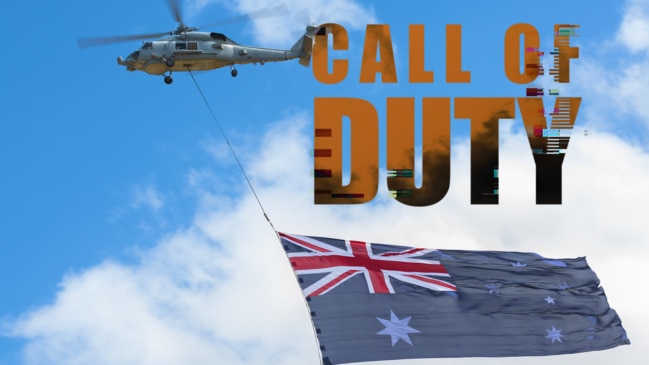
National
Don't miss out on the headlines from National. Followed categories will be added to My News.
In the middle of last year, aerospace engineer Kisa Christensen brought in her team from BAE Systems Australia to her Bourke Street office in Melbourne with a simple request.
The director of BAE’s Red Ochre Autonomy and Sensors team, of leading advanced technology and pioneering engineers, wanted an unmanned autonomous vehicle that would be a “game changer for the modern battlefield”.
She wanted to fill the gap between the very cheap and disposable drones like those being used in the Ukraine-Russia war and the very expensive ones developed by the US or Chinese militaries.
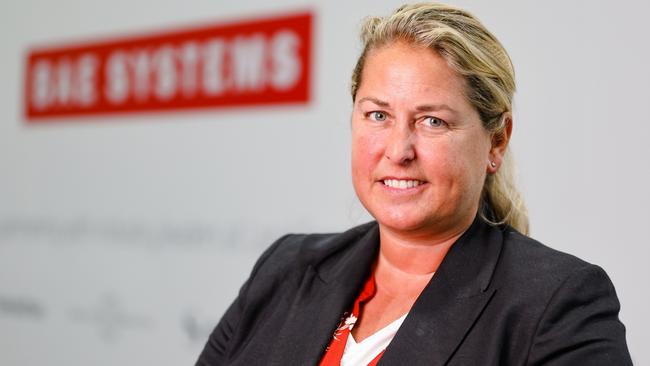
On the whiteboard for the brainstorming session she had a quadrant chart with parameters for her dream around payload, range and expendability.
Then the clincher, it also had to have a vertical take off capability and be able to carry armaments from the Hellfire air-to-ground missile to precision guided rockets.
And from that June 2022 session came Strix, a killer drone set for a maiden test flight within weeks that could be a game changer for the RAAF.
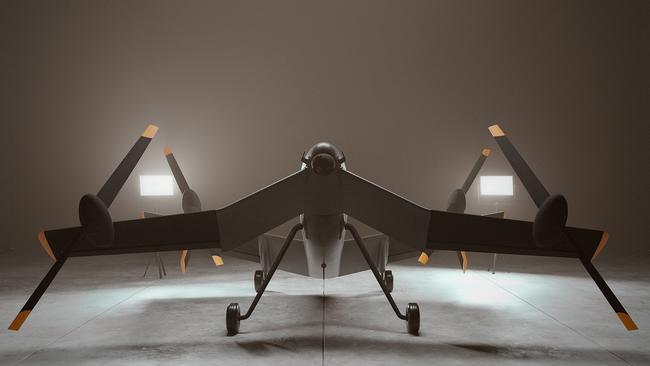
Or at least it could be except there is no tender for the UAV acquisition and through the entire declassified version of the Defence Strategic Review 2023 – the government’s mandated blueprint of our national defences released this week – not a single mention of an armed drone, barely a single reference to any type of drone at all.
“That was a surprise, I can only surmise (armed) drones are in the classified version because I think a lot of pundits are suggesting the generation of jet fighters we have at the moment will be the last manned jet aircraft we will ever have,” former Chief of Army Lt General (ret.) Peter Leahy said.
“Army operate drones now for ‘what's over the hill’ type of thing but these are now used for longer range reconnaissance and as we’ve seen delivery of Hellfire and other equipment.
“There’d be a squabble between the Army and Air force on who would operate them … but I think you need to work on the principle, that drones save lives, they are massively effective and they are cheap so bring them on.”


Professor Leahy, a 37-year military veteran now director of University of Canberra’s National Security Institute, said the effectiveness of drones has been shown on the battlefield of Ukraine.
He said the AUKUS security alliance was supposed to be good for the Australian defence industry but the challenge for some small to medium enterprises was “hopeless” in trying to get into the tender process. He suspected the ADF would take the easier option and buy off-the-shelf from the US, notably for missile development, in the first instance. The acquisition process he said remained challenged.
This week Ukraine announced it was rapidly increasing its production of drones as demand from the frontline increased.
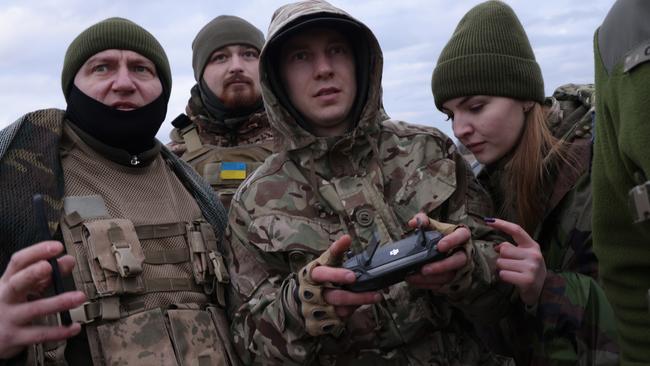
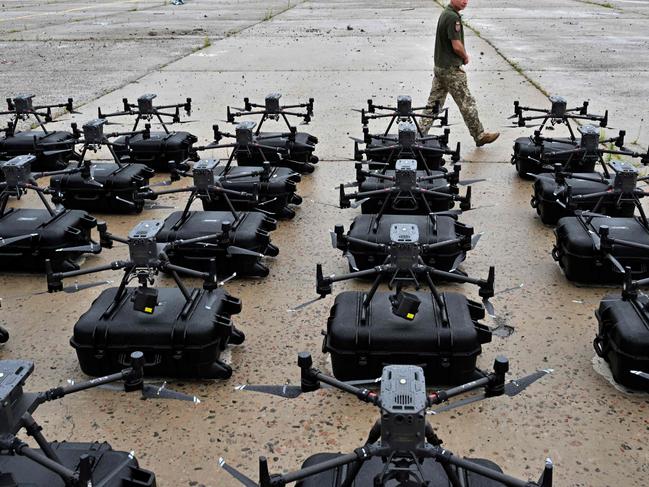
President Volodymyr Zelensky launched a fundraising campaign for the “Army of Drones” and more than $160m was raised with Star Wars actor Mark Hamill leading celebrity donors to Ukraine in its fightback against Russia.
Most of the 3300 drones on the frontline now are cheap and being used as intelligence, surveillance and reconnaissance to adjust long-range artillery positioning and firing with success.
But they have also developed crude kamikaze drones with ordinance attached to UAVs using velcro; about 100 were flown into Russian targets about the embattled Bakhmut city.


Russia too has been using Iranian-made Shahed drones on kamikaze missions as well as the Sea Eagle Orlan 10 UAV to direct artillery shells that were killing 100 Ukrainians a day at one point. The Turkish Bayraktar TB2 drone has also been a celebrated hero for Ukraine troops bringing precision laser-guided strike capability.
Even cheap flat pack drones made of wax coated cardboard and rubber bands made by Melbourne-based Sypaq are helping Ukraine forces fight of Russian foes.
Chief of Air Force Rob Chipman has made no secret of his desire for low cost killer drones to boost the RAAF’s capacity but he is yet to convince Defence finances.
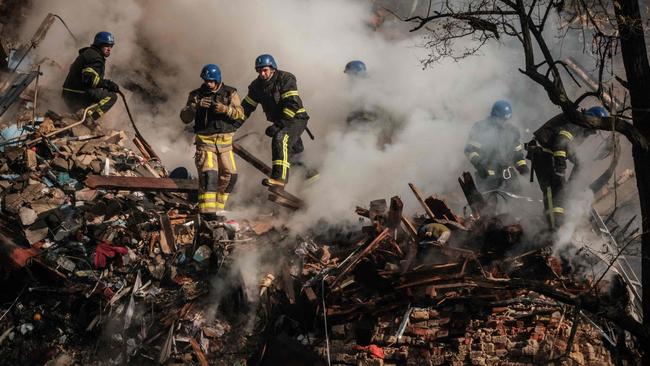
He has told defence leaders the war in Ukraine demonstrated lethal drones’ importance toward air superiority.
“It is obvious that despite technical and numerical superiority that Russia has failed to achieve air control over Ukraine and that air power has been poorly integrated with their scheme of manoeuvre,” he said but added they served as a “useful complement” to crew fighters like the RAAF’s multirole F-35 combat aircraft.
“Drones certainly present a challenging threat to our forces on the ground. We’re considering the potential of low-cost drones that bring mass to our air combat system, and we’re considering what new measures are necessary to defend against them.”
He said unmanned aerial aircraft already played a role in the RAAF but Australia still did not have firm plans to acquire lethal drones. Last year the $1.3 billion MQ-9B SkyGuardian program would have delivered the country’s first armed drone but the plan was scrapped.
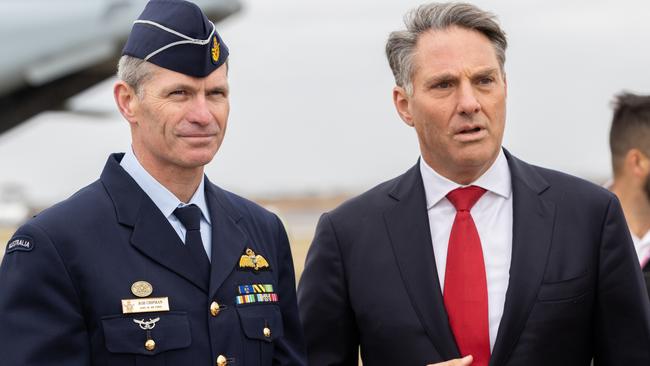
Defence Minister Richard Marles said the government recognised the importance of uncrewed tech but it was part of “a broader conversation” and he would not yet commit to killer drones.
The Australian-designed unscrewed MQ-28A Ghost Bat, formerly known as the Loyal Wingman, is still in development.
It is the first military combat aircraft designed and engineered in Australia for more than 50 years but is currently designed only for surveillance. This could change with the US keen on the tech but to be armed.
More than 35 entities are involved in this Boeing-led program. BAE is one of them but its own X-wing Strix, in collaboration with Innovaero Technologies, may fill that armed expendable capability gap.
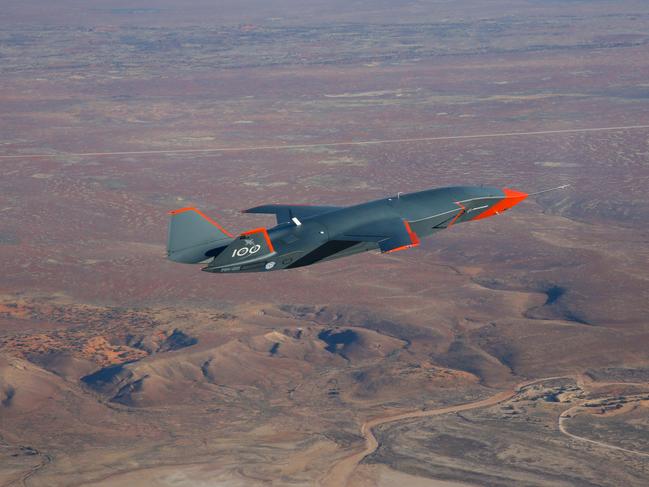
It’s autonomous tech is agnostic with variants of the smarts in the Ghost Bat, certain missiles and Army’s obsolete M113 armoured vehicles being modified to be remote controlled and crewless.
Strix, the ancient Roman and Greek word for owl, has a vertical lift and land capability meaning it can be launched from anywhere, carry a payload of up to 200kg and fully armed has a range of between 500km-800km.
The RAAF said any future acquisition of a combat drone needed to be priced at 10 per cent of the price of an F-35 or about $10m each.
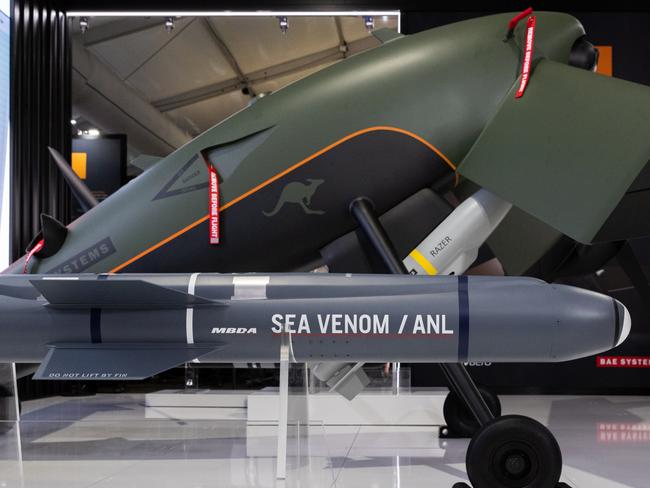
Ms Christensen said Strix was “aligned” to that position and while there was no tender BAE was not waiting until someone asked for one.
“The impact of autonomous systems has become mainstream and the time was right for us to answer the call with a disruptive unscrewed aerial system that could be armed and able to support NATO and its allies on the battlefields of today and into the future,” she said yesterday.
“When you give a group of bright people a problem to solve with a few high-level requirements and the creative space to come up with a solution – this is when the magic really happens.”
More Coverage
Originally published as Combat drones changing warfare but Australia still not acquiring




